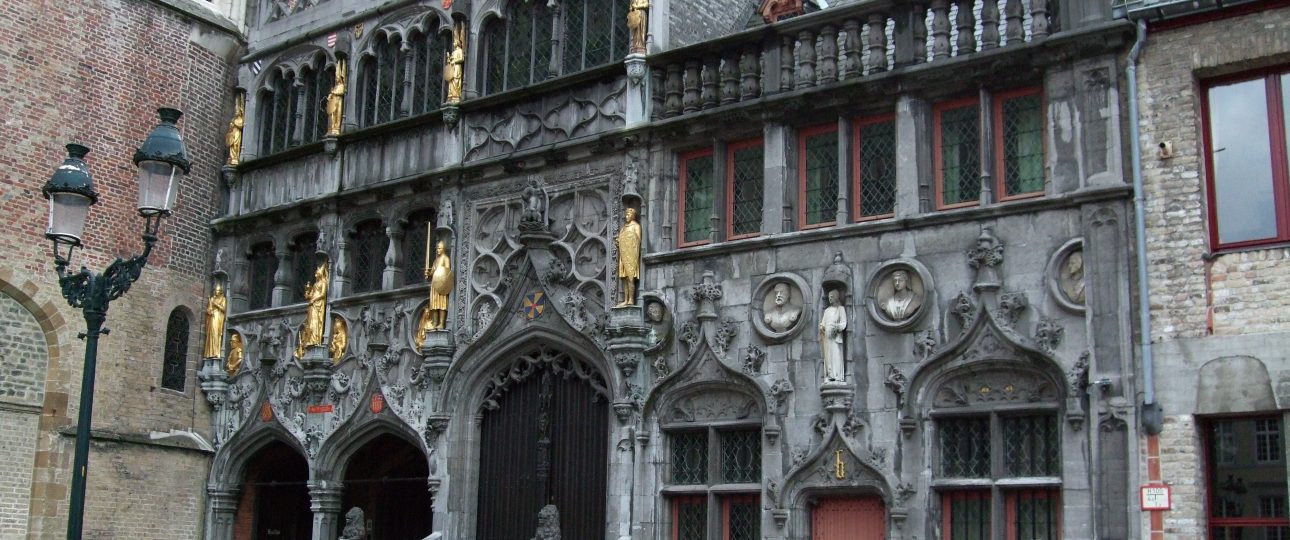The Basilica of the Holy Blood: A Sacred Journey in Belgium
Historical Insights
The Basilica of the Holy Blood in Bruges, Belgium, is a site rich in history and architectural splendor. It is renowned for housing a relic believed to contain the blood of Jesus Christ. This relic was reportedly brought to Bruges by Thierry of Alsace, Count of Flanders, on April 7, 1150, after his return from the Second Crusade. The basilica itself is a fascinating blend of Romanesque and Gothic styles, reflecting the region’s architectural evolution over centuries.
Architectural Marvels
The basilica consists of two chapels. The lower chapel, dedicated to St. Basil, is one of the best-preserved Romanesque churches in West Flanders, built between 1134 and 1149. It features a central nave, side naves, and a semi-circular apse. Notable artworks include a 12th-century tympanum depicting the baptism of Saint Basil and a 14th-century wooden sculpture of the Madonna and Child.
The upper chapel, originally Romanesque, was transformed into a Gothic style at the end of the 15th century and again in 1823. The monumental staircase leading to this chapel, known as De Steegheere, was constructed between 1529 and 1533, showcasing late Gothic and Renaissance styles. The chapel underwent several renovations in the 19th century, resulting in its current Gothic Revival appearance.
Experiencing the Basilica
Visitors to the Basilica of the Holy Blood can explore its intricate stained glass windows and ornate altars. The Chapel of the Holy Blood, where the relic is displayed, is a focal point. The relic is kept in a silver tabernacle crafted by François Ryelandt and is shown to the public every Friday and daily two weeks before Ascension Day.
Cultural Traditions
The basilica is a hub of religious and cultural activities. The annual Procession of the Holy Blood, held on Ascension Day, is a highlight. This event features vibrant parades, traditional costumes, and religious reenactments, offering a deep dive into the local culture and history.
Optimal Visiting Times
For a more serene experience, consider visiting during spring (April and May) or autumn (September to November). These seasons offer pleasant weather and fewer crowds. Weekdays outside of public holidays and school vacations are also ideal for a quieter visit.
Getting There
Bruges is well-connected by train, with easy access from major Belgian cities like Brussels and Ghent. From the Bruges train station, the basilica is a short walk or taxi ride away. For those driving, Bruges is accessible via major highways, with ample parking in the city center. Alternatively, renting a bicycle is a popular and eco-friendly way to explore the city.
While the Basilica of the Holy Blood offers a profound spiritual and historical experience, it’s essential to respect the site’s sanctity and adhere to any guidelines provided by the staff. Enjoy your journey through this remarkable piece of Belgium’s heritage.





great place to visit, thank u for creat this article